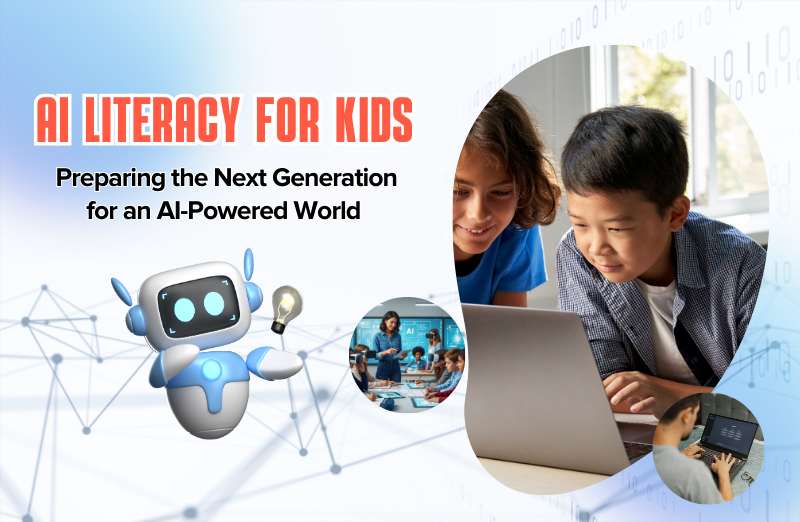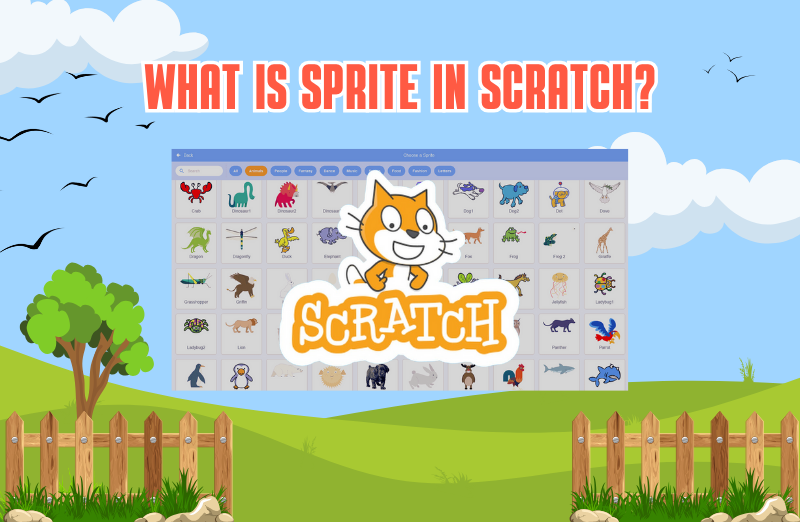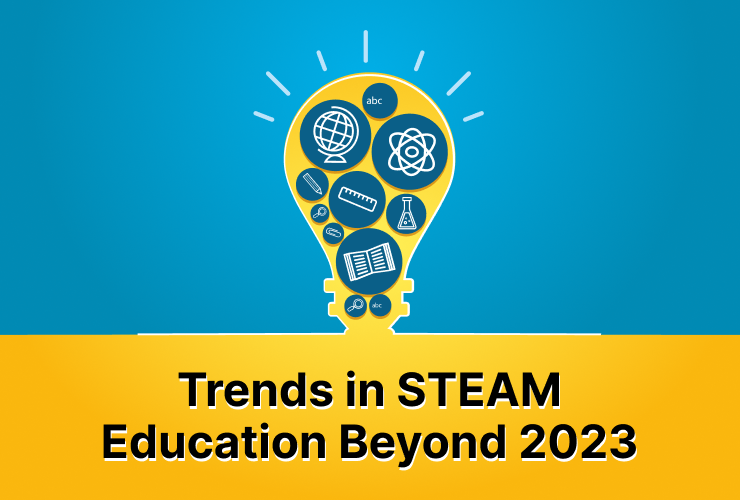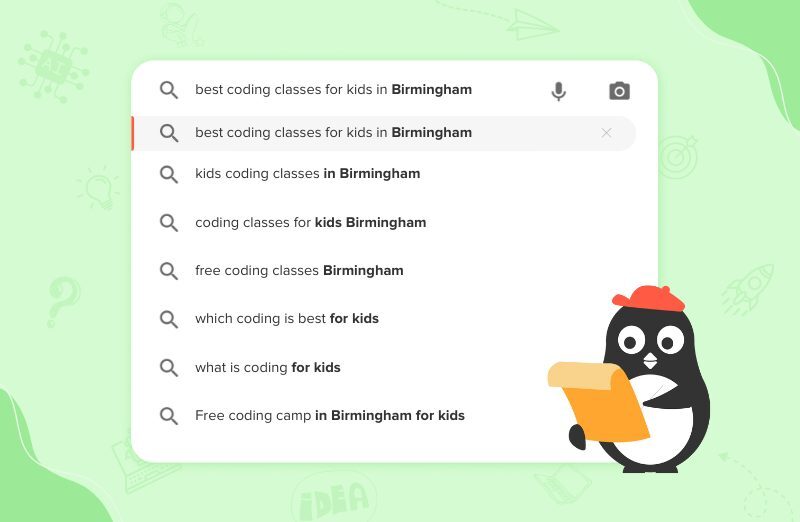Introduction: Understanding the AI Revolution
Artificial Intelligence (AI) is no longer a futuristic concept; it’s an integral part of our daily lives, from the personalized recommendations on streaming services to the voice assistants in our homes. As AI continues to evolve at an unprecedented pace, it’s reshaping industries, economies, and societies worldwide. For children growing up in this rapidly changing landscape, understanding AI is becoming as fundamental as traditional literacy or digital fluency. This isn’t just about teaching them to code AI, but about fostering AI literacy – the ability to understand what AI is, how it works, its capabilities, its limitations, and its ethical implications.
Just as we teach children to read and write to navigate the world of information, and to understand basic computer functions to thrive in the digital age, we must now equip them with the knowledge to comprehend and critically engage with AI. This blog post will explore why AI literacy is crucial for kids, what it entails, and how we can empower the next generation to be informed, responsible, and innovative participants in an AI-powered future.
Why AI Literacy is Essential for Children?
The world our children will inherit will be profoundly influenced by AI. Equipping them with AI literacy offers numerous benefits:
1. Navigating a World Shaped by AI
AI is already embedded in countless technologies children interact with daily: educational apps, social media algorithms, smart toys, and even the search engines they use for homework. Without understanding how these systems work, children might passively accept information or be unknowingly influenced by algorithms. AI literacy helps them become discerning users, capable of questioning, evaluating, and making informed decisions about the AI they encounter.
2. Fostering Critical Thinking and Problem-Solving
Learning about AI encourages children to think critically about data, patterns, and logic. They begin to ask questions like: “How does this AI make decisions?” “What data is it using?” “Could it be biased?” This inquiry-based learning strengthens their analytical and problem-solving skills, preparing them to tackle complex challenges in any field.
3. Preparing for Future Careers
Many future jobs, even those not directly in tech, will require some level of AI understanding. From healthcare to art, AI tools will augment human capabilities. Children with AI literacy will have a significant advantage, whether they become AI developers, ethical AI specialists, or professionals who leverage AI to innovate in their respective domains. It’s about future-proofing their skill sets.
4. Promoting Ethical Awareness and Responsible Use
AI, like any powerful technology, comes with ethical considerations. Issues such as data privacy, algorithmic bias, and the impact on employment are complex. Introducing these concepts early, in an age-appropriate manner, helps children develop a sense of responsibility and empathy towards technology. They learn that AI is a tool, and its impact depends on how humans design and use it.
5. Empowering Creativity and Innovation
AI isn’t just about consumption; it’s a powerful tool for creation. When children understand AI, they can begin to imagine how they might use it to solve problems, create art, compose music, or design new experiences. AI literacy can unlock new avenues for creative expression and empower them to become innovators who shape the future of technology, rather than just being shaped by it.
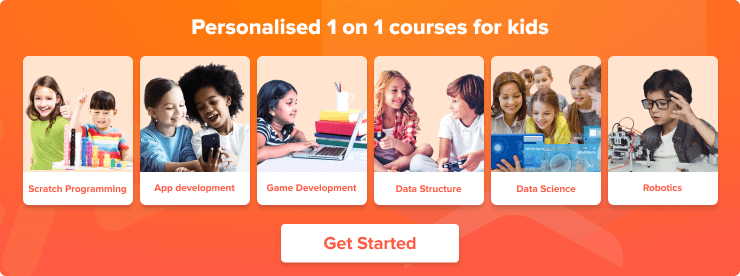
What Does AI Literacy for Kids Entail?
AI literacy for children isn’t about turning every child into an AI engineer. Instead, it focuses on foundational concepts and critical understanding. It can be broken down into several key components:
1. Understanding What AI Is (and Isn’t)
- Basic Definitions: Explaining AI in simple terms – that it’s a computer system designed to perform tasks that typically require human intelligence.
- Distinguishing AI from Magic: Helping children understand that AI is built by humans, based on data and algorithms, not magic or sentient beings.
- Types of AI: Introducing concepts like machine learning (AI that learns from data), natural language processing (AI that understands language), and computer vision (AI that sees and interprets images).
2. How AI Works: Data, Algorithms, and Training
- Data is Key: Explaining that AI learns from vast amounts of data, similar to how humans learn from experiences. The quality and quantity of data directly impact AI performance.
- Algorithms as Recipes: Describing algorithms as step-by-step instructions or recipes that AI follows to process data and make decisions.
- Training and Learning: Illustrating how AI models are trained by feeding them data and adjusting their internal workings to improve accuracy and performance over time. Simple examples like teaching a computer to recognize cats by showing it many cat pictures can be effective.
3. Capabilities and Limitations of AI
- What AI Can Do: Highlighting practical applications of AI, such as recommending movies, translating languages, or helping doctors diagnose diseases.
- What AI Cannot Do (Yet): Discussing current limitations, such as AI not having true emotions, consciousness, or common sense. Emphasizing that AI is a tool created by humans and operates within its programmed boundaries.
- Bias in AI: Introducing the concept that if the data used to train AI is biased, the AI itself can perpetuate or even amplify those biases. This is a crucial ethical discussion point.
4. Ethical Considerations and Responsible Use
- Privacy: Discussing how AI uses personal data and the importance of protecting privacy.
- Fairness: Exploring how AI decisions can impact different groups of people and the need for AI to be fair and equitable.
- Human Oversight: Emphasizing that human judgment and oversight are always necessary, especially in critical applications of AI. AI should augment, not replace, human intelligence and empathy.
How to Foster AI Literacy in Kids?
AI literacy can be integrated into children’s learning in various engaging ways, both at home and in educational settings:
1. Hands-On Exploration with Kid-Friendly AI Tools
- Teachable Machine: Tools like Google’s Teachable Machine allow kids to train simple AI models (e.g., to recognize objects, sounds, or poses) without writing any code. This provides a tangible understanding of how AI learns from data.
- Scratch with AI Extensions: Some Scratch projects and extensions allow children to experiment with basic AI concepts, such as creating games where characters respond to voice commands or image recognition.
- AI-Powered Educational Games: Many apps and games now incorporate AI elements. Engaging with these can be a starting point for discussions about how the AI works.
2. Everyday Discussions and Critical Questioning
- “How does this work?”: Encourage children to ask questions about the AI they encounter. When Netflix recommends a show, ask: “How do you think Netflix knows you might like this?”
- “Is this fair?”: Discuss scenarios where AI might make unfair decisions. For example, if a self-driving car prioritizes one outcome over another in an emergency, what are the ethical considerations?
- Media Literacy: Help children critically evaluate information presented by AI-generated content or news feeds. Discuss the concept of deepfakes and the importance of verifying sources.
3. Storytelling and Creative Projects
- Designing AI Solutions: Encourage children to imagine and design AI solutions for real-world problems. How could AI help manage traffic, sort recycling, or assist in disaster relief?
- Role-Playing: Have children role-play as an AI or an AI developer to understand different perspectives and challenges.
- Art and Music with AI: Explore how AI can be used as a creative tool in art, music composition, or storytelling, fostering a new form of artistic expression.
4. Structured Learning Programs
- Online Courses and Workshops: Many educational platforms offer courses specifically designed to introduce AI concepts to children in an age-appropriate and engaging manner. These often use visual tools and project-based learning.
- School Curriculum: Advocate for the integration of AI literacy into school curricula, ensuring that all children have access to foundational AI education.
Conclusion
AI literacy is not just another subject; it’s a vital skill set for the 21st century. By empowering children with a foundational understanding of Artificial Intelligence, we are not only preparing them for future careers but also equipping them to be responsible, critical, and innovative citizens in an increasingly AI-driven world. It’s about moving beyond simply using AI to understanding, questioning, and ultimately shaping it.
Let’s encourage our children to explore the fascinating world of AI with curiosity and a critical mind. By fostering AI literacy today, we are investing in a future where technology serves humanity, and the next generation is ready to lead the way. The conversation about AI should start early, be continuous, and evolve with their understanding and the technology itself. It’s an exciting journey, and one that every child deserves to embark on. Embrace AI literacy, and watch your child become an informed innovator of tomorrow.
